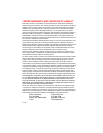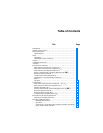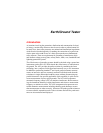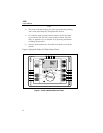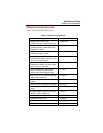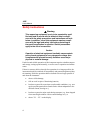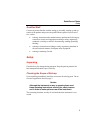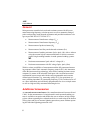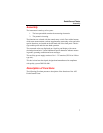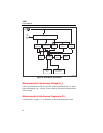1
Earth/Ground Tester
Introduction
At locations involving the generation, distribution and consumption of electri-
cal energy, certain safety measures must be met in order to protect human life.
In many cases, these safety measures are national and international regulations
which must be checked regularly. Grounding, the connection of exposed con-
ductive parts to the earth in case of a fault, represents the most fundamental
safety measure. There are requirements for grounding of transformers, high
and medium voltage power pylons, railway tracks, tanks, vats, foundations and
lightning protection systems.
The effectiveness of grounding systems should be checked using a ground test
instruments such as the 1625 which checks the effectiveness of connections to
the ground. The 1625 provides the perfect solution by combining the latest
technology into a compact, field-rugged and extremely easy to use instrument.
In addition to performing standard 3- and 4-pole ground resistance measure-
ments, an innovative process accurately measures individual earth electrode
resistances in single and meshed earthed systems without disconnecting any
parallel electrodes. One specific application of this capability is quick and ac-
curate measurement of power pylon grounds. The 1625 also incorporates
automatic frequency control (AFC) to minimize interference. Before measur-
ing, the instrument identifies existing interference and selects a measurement
frequency to minimise its effect. The 1625 incorporates microprocessor con-
trolled automatic measurements including checking probe hookup to ensure
that measurements are taken correctly. It measures all probe ground resistances
to ensure reliable, repeatable results. Probe resistance and auxiliary earth resis-
tance are also measured and displayed.




